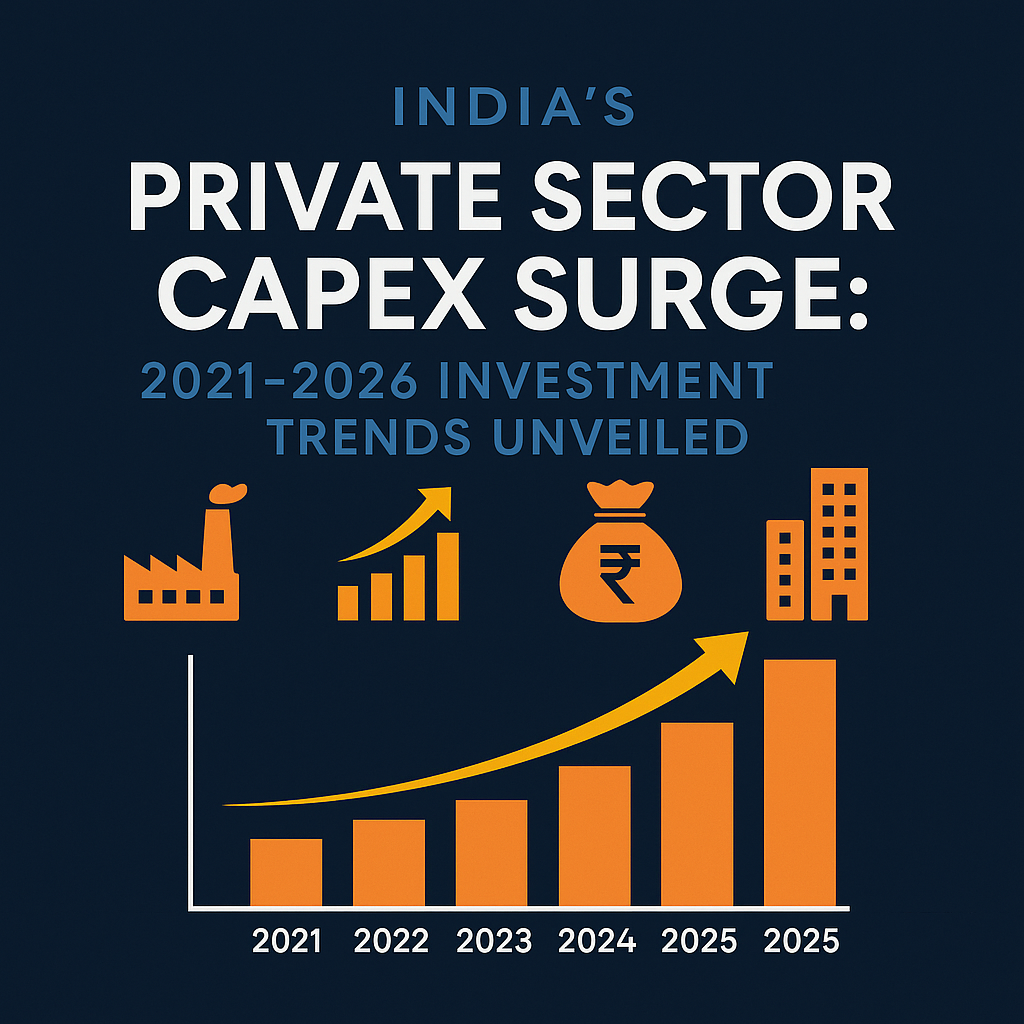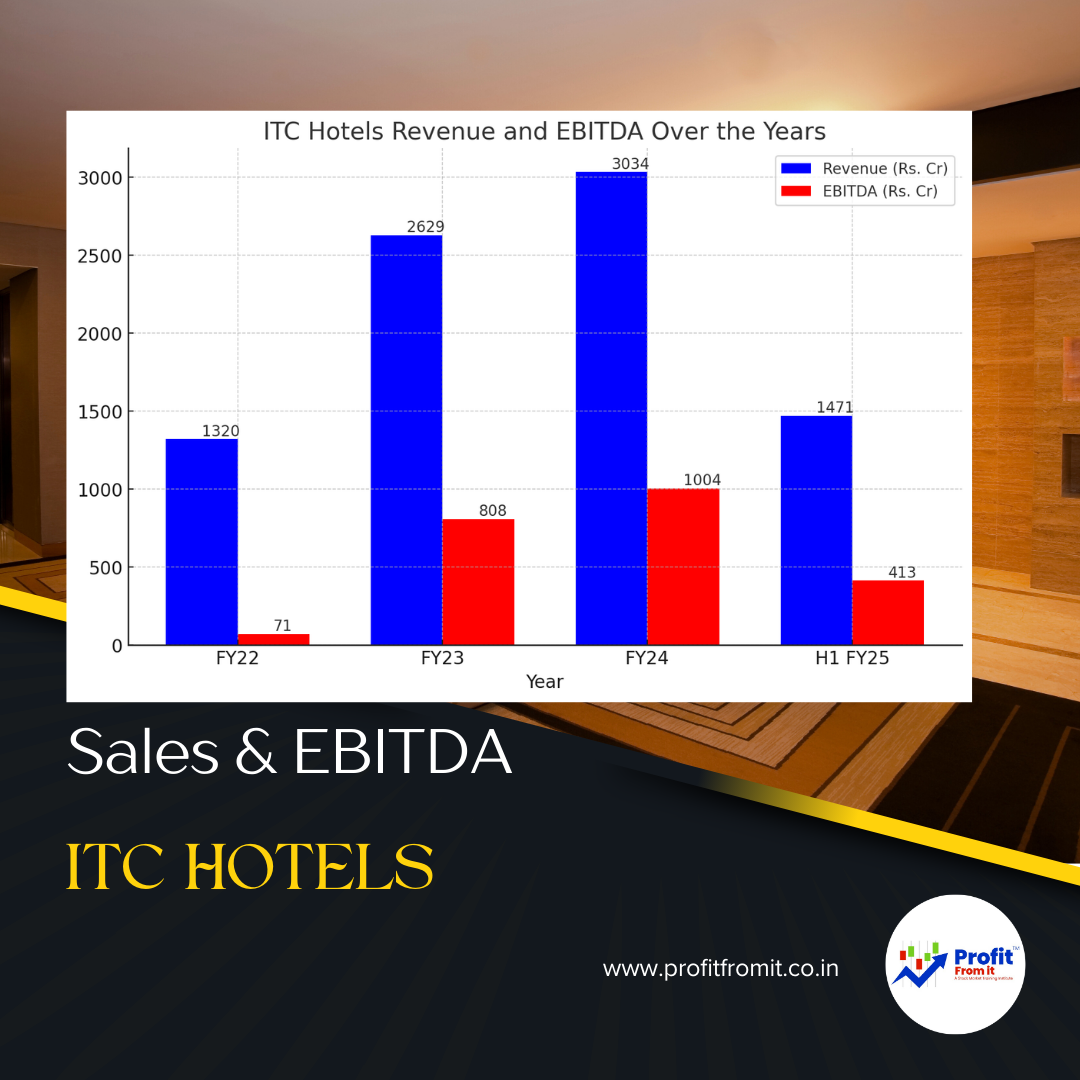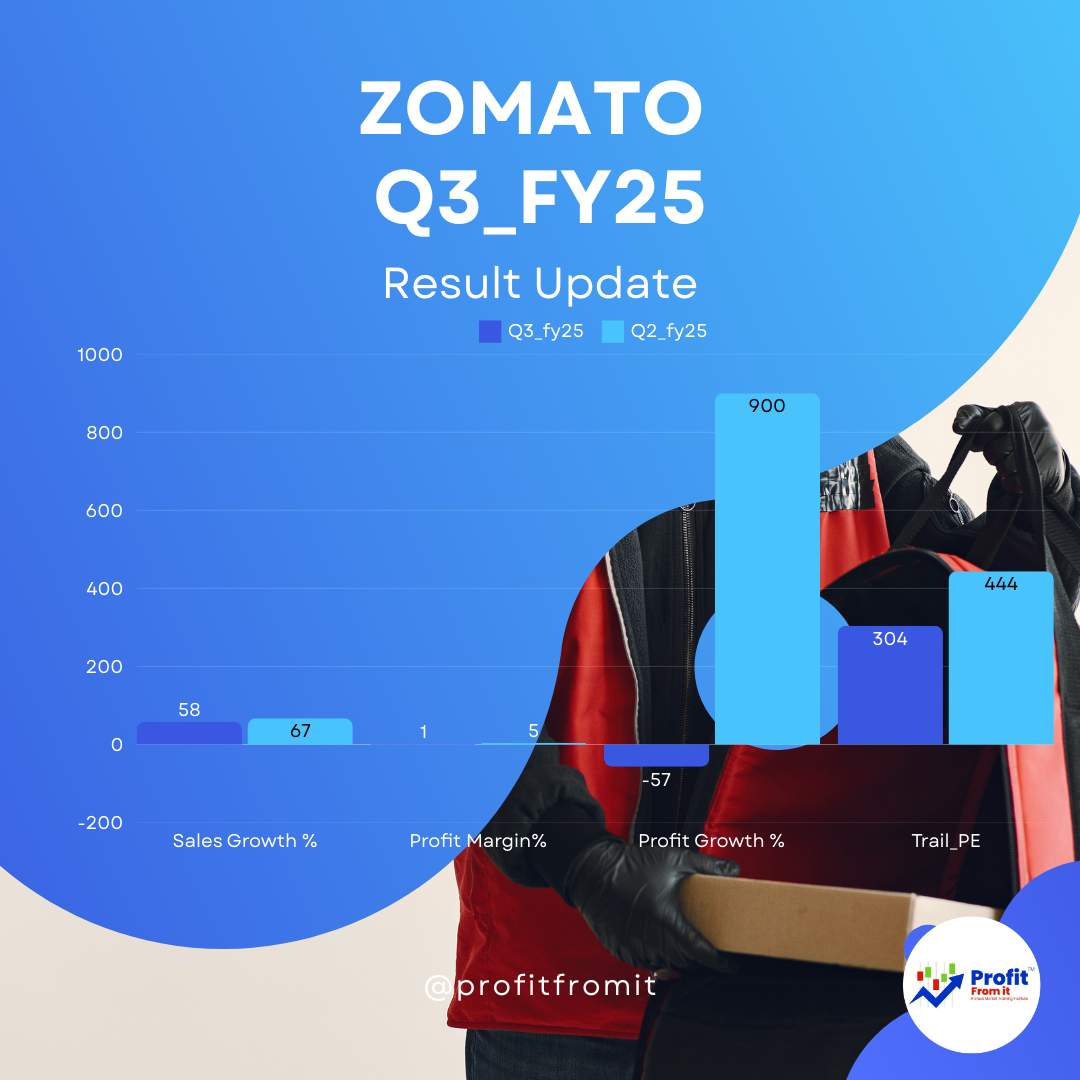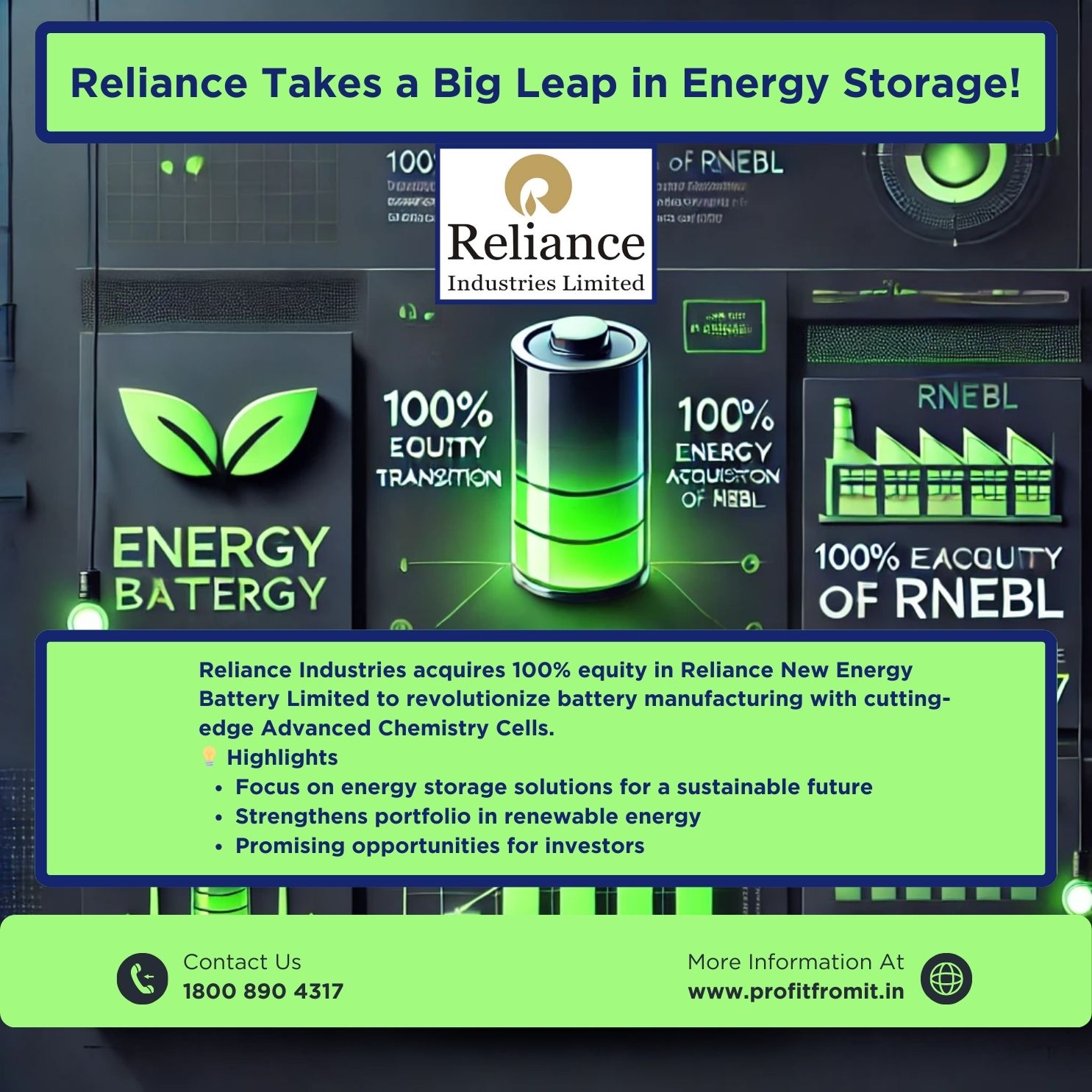
🏗️ India's Private Sector CAPEX Surge: Trends, Sector Impact & Investment Insights
Based on MoSPI’s Forward-Looking Survey (2024–25)
📌 Introduction
In a significant step toward capturing private investment trends, the Ministry of Statistics and Programme Implementation (MoSPI) has published the results of the first-ever Forward-Looking Survey on Private Sector CAPEX Investment Intentions, conducted between November 2024 and January 2025.
This pioneering initiative reveals deep insights into corporate spending intentions and investment strategies, covering the financial years 2021–22 to 2025–26. With participation from 3,064 enterprises and a fixed panel of 2,172 firms, the survey offers robust data to assess capital formation trends and their impact on India’s economic growth and stock market outlook.
📊 Aggregate CAPEX Trends (2021–2026)
💡 Key Data Points
| Year | Actual/Intended CAPEX (₹ Crore) |
|---|---|
| 2021–22 | ₹394,681.5 Cr |
| 2022–23 | ₹572,199.7 Cr |
| 2023–24 | ₹422,183.3 Cr |
| 2024–25 | ₹656,492.7 Cr (Intended) |
| 2025–26 | ₹488,865.5 Cr (Intended) |
66.3% growth in aggregate CAPEX from FY22 to FY25
CAPEX intentions for FY25 represent a robust revival, led by manufacturing, technology, and logistics sectors
FY26 projections show cautious optimism, still above FY24 baseline
🧭 Sector-Wise Investment Strategy

🏭 Manufacturing (43.8% Share in FY25 CAPEX)
India’s core industrial players are leading the CAPEX revival, driving investments into automation, process enhancement, and greenfield expansion.
Listed Companies to Watch:
L&T, Thermax, ABB India, Siemens, Cummins India
💻 Information & Communication Technology (15.6%)
Technology companies are scaling up digital infrastructure, cloud capabilities, and enterprise networks to support growing B2B demand.
Listed Companies to Watch:
Tata Communications, HCLTech, Tech Mahindra, Route Mobile
🚚 Transportation & Storage (14.0%)
Warehousing, port infra, and logistics assets are witnessing steady expansion driven by e-commerce and trade corridors.
Listed Companies to Watch:
Adani Ports, Container Corp, Blue Dart, Gateway Distriparks
⚡ Energy, Utilities & Green Power (8–10%)
Decarbonization and grid modernization are driving strong energy CAPEX, particularly in renewables and transmission infra.
Listed Companies to Watch:
NTPC, JSW Energy, Tata Power, Torrent Power
🧮 FY25 Asset Allocation Insight
| Asset Category | Share of FY25 CAPEX |
|---|---|
| 🛠️ Machinery & Equipment | 53.1% |
| 🏗️ Capital Work-in-Progress | 22.0% |
| 🏢 Buildings & Civil Infrastructure | 9.7% |
| 🚛 Vehicles, Software, Other Assets | 15.2% |
CAPEX allocation strongly favors productive assets, indicating a focus on capacity building and process automation.
🎯 Corporate Investment Strategies in FY25
| Strategy Type | % Enterprises |
|---|---|
| Core Asset Creation | 40.3% |
| Value Addition to Existing Assets | 28.4% |
| Opportunistic Expansion | 11.5% |
| Diversified Strategies & Others | 19.8% |
💼 Investment Objectives Breakdown
| Objective | % Enterprises |
|---|---|
| Income Generation | 49.6% |
| Upgradation | 30.1% |
| Diversification | 2.8% |
| Strategic/Other Uses | 17.5% |
📈 What This Means for the Stock Market
The CAPEX survey results offer early signals of sectoral tailwinds. Investors should take note of:
Strong capital formation in core infra, digital infra, and logistics
Higher order visibility for companies in industrials, power equipment, automation, and EPC segments
Growing traction in energy transition projects (especially green energy)
Digital services scaling supported by enterprise infra investments
As institutional capital flows follow real CAPEX cycles, these findings serve as a leading indicator for equity markets.
🧠 Strategic Investor Takeaways
Align portfolios with CAPEX-heavy sectors such as capital goods, logistics, renewables, and enterprise IT
Track execution metrics, order book conversions, and project funding activity for stock selection
Stay alert to FY26 moderation in CAPEX as firms reassess global volatility and interest rate dynamics
🔍 Survey Limitations (Disclosure)
Covers enterprises with turnover ≥ ₹100 Cr (excludes many MSMEs and unregistered infra SPVs)
FY26 data is based on intentions, subject to revision pending board approvals
Response rate at 58.3%, indicative but not exhaustive
Considered the first round — further refinements expected in future editions
📌 Final Words
The rise in corporate CAPEX indicates reviving private sector confidence and signals a structural shift towards expansionary strategies. As an investor, understanding where capital is flowing gives you an edge in spotting emerging leaders, undervalued sectors, and next-wave multibaggers.
✅ For educational and informational purposes only. Not investment advice or a stock recommendation.



 for Investors The provided chart outlines key metrics for Nifty 500 companies across different periods (FY22 t.png)





